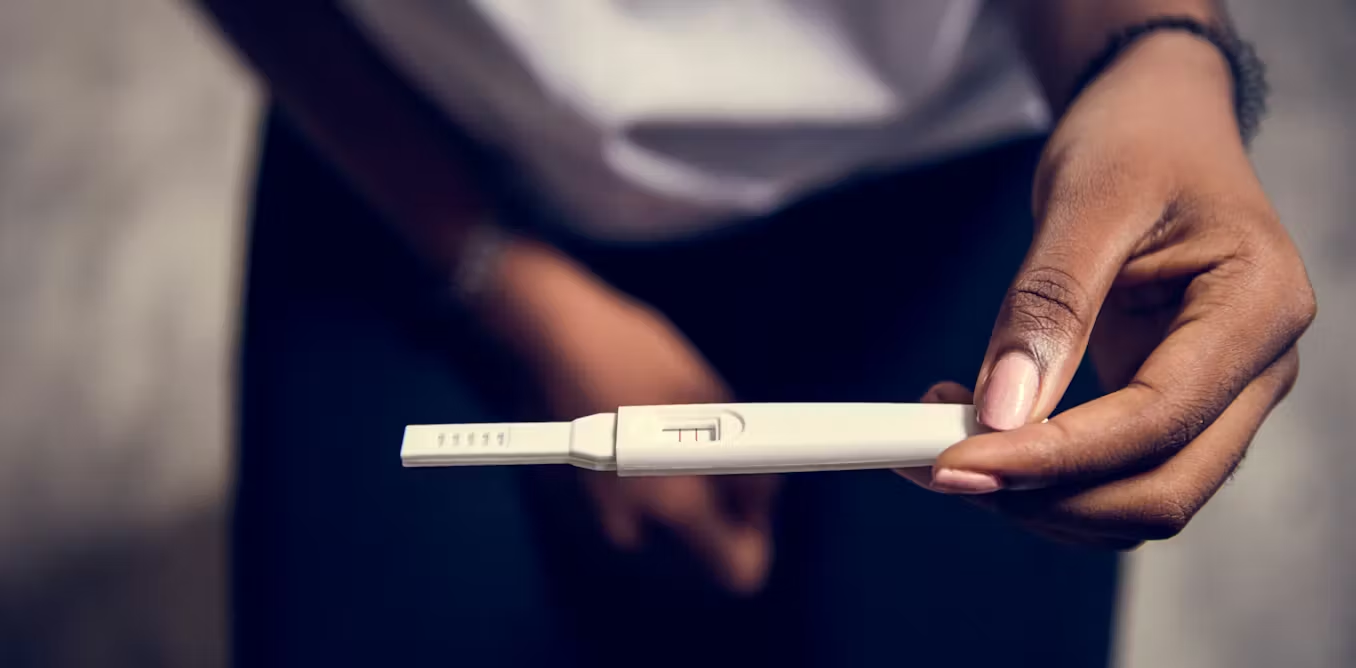Adolescent pregnancy, defined by the World Health Organization as pregnancy in girls aged 10–19 years, remains a significant public health and social challenge in India. Despite progress in reducing child marriage and improving access to education, adolescent pregnancy continues to pose serious risks to the health, education, and economic prospects of young girls, while also straining families and communities.
The Scale of the Problem
India has made strides in reducing adolescent fertility rates over the past few decades. According to the National Family Health Survey (NFHS-5, 2019–2021), the adolescent fertility rate for girls aged 15–19 dropped to 6.8% from 7.9% in NFHS-4 (2015–2016). However, this still translates to millions of adolescent pregnancies annually, with an estimated 11.8 million teenage pregnancies reported by the United Nations Population Fund (UNFPA). States like Tripura (22%), West Bengal (16%), and Bihar (11%) report some of the highest rates of teenage pregnancy in the country, while urban areas like Bengaluru have seen a surge, with 4,324 cases reported between 2021 and 2024.
Adolescent pregnancy in India is closely tied to systemic issues such as child marriage, poverty, and lack of access to education and healthcare. While the legal age of marriage for girls is 18, over 24% of women aged 20–24 were married before this age, perpetuating early pregnancies. Rural areas report higher rates (9.2%) compared to urban areas (5%), reflecting disparities in access to resources and cultural norms that encourage early childbearing. Further, educated young girls curious in life, pose another set of challenges.
Health and Social Consequences
Adolescent pregnancy carries significant health risks for both mothers and their babies. Young mothers face higher risks of complications such as anemia, eclampsia, preterm labor, and maternal mortality. According to the WHO, adolescent mothers aged 10–19 have a higher incidence of eclampsia and systemic infections compared to women aged 20–24. Babies born to adolescent mothers are at greater risk of low birth weight (LBW), preterm birth, and neonatal mortality. A study in Karnataka found that 35.85% of babies born to teenage mothers had LBW, compared to 28.03% for adult mothers.
Nutritional deficiencies exacerbate these risks. Over 50% of adolescent girls in India are anemic, and 47% have a body mass index (BMI) below 18.5, increasing the likelihood of adverse outcomes. Children born to teenage mothers are also more likely to experience stunting and underweight conditions, perpetuating a cycle of malnutrition.
Socially, adolescent pregnancy disrupts education and economic opportunities. Pregnant girls are often forced to drop out of school, limiting their employment prospects and perpetuating poverty. The stigma associated with teenage pregnancy, particularly for unmarried girls, can lead to social exclusion, rejection by families, and even violence. In urban areas, where premarital relationships are in vogue, lack of support and secrecy often push girls toward unsafe abortions, with 55% of unintended adolescent pregnancies ending in abortions, many of which are unsafe in low-resource settings. At times, educated girls aware of emergency contraception readily resort to the same, but those who don’t, realize only later during missed periods.
Economically, adolescent pregnancy imposes a significant burden. A UN report estimates that India loses $7.7 billion annually due to teenage pregnancies, equivalent to 12% of GDP, as young mothers and their children face reduced productivity and healthcare costs.
While progress has been made in reducing rates, the persistence of child marriage, inadequate education, and healthcare access gaps continue to drive this public health challenge. The consequences—health risks, disrupted education, and economic losses—underscore the urgency of targeted interventions. By prioritizing education, healthcare access, and cultural change, India can empower its youth, reduce adolescent pregnancies, and break the cycle of poverty and inequality. With a young population projected to remain significant until 2030, addressing this issue is not just a health priority but a national imperative. The focus on comprehensive sex education without hesitation in conversation remains important in every corner of the country. The ancient concept of no sex is long gone in today’s modern times where intimacy begins in school. Stakeholders must look at inclusion and safety over moral policing and conservative mindsets.

